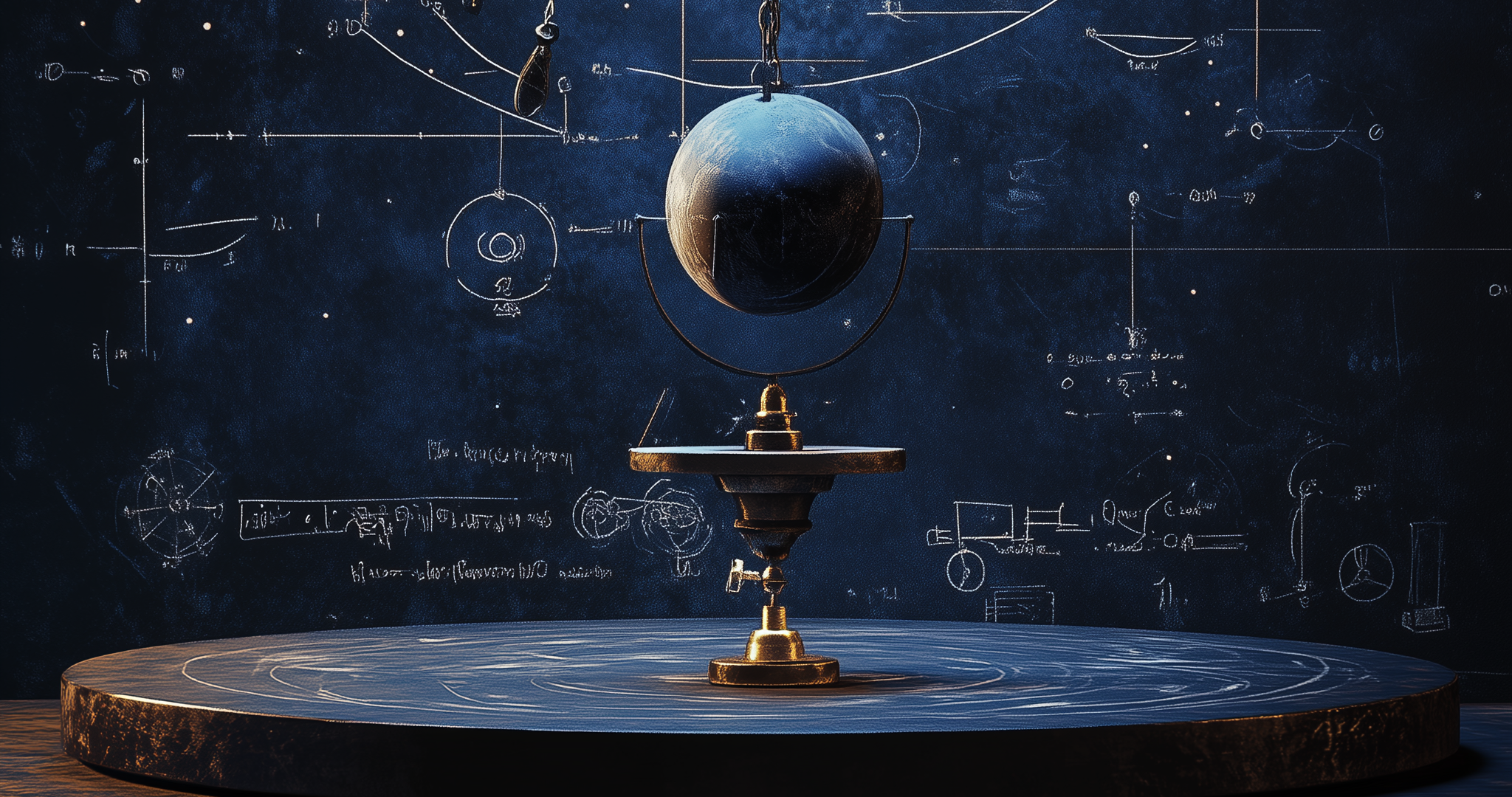When it comes to scientific computing, Python and C++ are two of the most widely used programming languages. Each has its own strengths and weaknesses, making them suitable for different types of computational tasks. In this post, I will compare these languages, discuss essential libraries, and outline a basic workflow for implementing numerical methods in both.
Strengths and Weaknesses of Python and C++ in Computational Physics
Python
Strengths:
- Easy to learn and use, making it ideal for rapid prototyping
- Rich ecosystem of scientific libraries (NumPy, SciPy, SymPy, Matplotlib, etc.)
- High-level syntax that makes code more readable and concise
- Strong community support and extensive documentation
- Good for data analysis, visualization, and scripting
Weaknesses:
- Slower execution speed due to being an interpreted language
- Not well-suited for real-time or highly parallelized computations without additional frameworks (e.g., Cython, Numba, or TensorFlow)
- Limited control over memory management compared to C++
C++
Strengths:
- High-performance execution, making it suitable for computationally intensive simulations
- Fine-grained control over memory management and hardware resources
- Strongly typed language, reducing runtime errors
- Optimized numerical libraries such as Eigen and Boost
- Suitable for large-scale scientific computing and high-performance computing (HPC) applications
Weaknesses:
- Steeper learning curve compared to Python
- More complex syntax, making code harder to write and maintain
- Slower development time due to manual memory management and debugging
- Requires explicit compilation before execution
Key Libraries and Tools
Both Python and C++ have extensive libraries that facilitate numerical computations in physics:
Python Libraries:
- NumPy: Provides fast array operations and linear algebra routines
- SciPy: Extends NumPy with additional numerical methods (optimization, integration, ODE solvers, etc.)
- SymPy: Symbolic computation library for algebraic manipulations
- Matplotlib: Essential for data visualization and plotting results
C++ Libraries:
- Eigen: High-performance linear algebra library
- Boost: Collection of advanced numerical and utility libraries
- Armadillo: A convenient linear algebra library with a syntax similar to MATLAB
- FFTW: Optimized library for computing fast Fourier transforms
Basic Workflow of Implementing a Numerical Method in Python and C++
The workflow for implementing a numerical method follows a similar structure in both languages, though the execution and syntax differ.
Python Workflow:
- Import necessary libraries (e.g., NumPy, SciPy)
- Define the function to implement the numerical method
- Apply the method to a physics problem
- Visualize the results using Matplotlib
- Optimize performance using tools like NumPy vectorization or Numba
Example (Numerical Integration using Python):
import numpy as np
from scipy.integrate import quad
def function(x):
return np.sin(x)
result, error = quad(function, 0, np.pi)
print("Integral:", result)
C++ Workflow:
- Include necessary libraries (e.g., Eigen, Boost)
- Define functions and structures for numerical computation
- Implement the numerical method using efficient algorithms
- Compile the code with an appropriate compiler (e.g., g++)
- Optimize performance using multi-threading, vectorization, or parallel processing
Example (Numerical Integration using C++ and Boost):
#include <iostream>
#include <boost/math/quadrature/trapezoidal.hpp>
double function(double x) {
return sin(x);
}
int main() {
double result = boost::math::quadrature::trapezoidal(function, 0.0, M_PI);
std::cout << "Integral: " << result << std::endl;
return 0;
}
Using Python for Development and C++ for Performance
When developing or testing new numerical schemes, it is often worthwhile to use Python initially before porting the final implementation to C++ for performance. This approach has several advantages:
- Faster Development Cycle: Python’s high-level syntax and extensive libraries allow for quick experimentation and debugging.
- Ease of Debugging: Python’s interpreted nature makes it easier to test and refine numerical methods without needing to recompile code.
- Rapid Prototyping: The ability to write concise, readable code means that algorithms can be validated efficiently before optimizing for performance.
- Hybrid Approach: Once an algorithm is validated, performance-critical parts can be rewritten in C++ for speed, either as standalone applications or as Python extensions using Cython or pybind11.
This hybrid workflow balances ease of development with execution efficiency, ensuring that numerical methods are both correct and optimized.
Brief Discussion on Performance Considerations
The choice between Python and C++ depends on the trade-off between development speed and execution performance.
- Python (Interpreted Language): Python is dynamically typed and interpreted, meaning it incurs runtime overhead but allows for quick experimentation and debugging.
- C++ (Compiled Language): C++ is statically typed and compiled, leading to significantly faster execution but requiring more effort in debugging and code optimization.
- Optimization Techniques: Python can be accelerated using JIT compilers like Numba, or by writing performance-critical components in C++ and calling them from Python using tools like Cython or pybind11.
Conclusion
Both Python and C++ are powerful tools for computational physics, each serving a different purpose. Python is excellent for prototyping, analysis, and visualization, while C++ is preferred for high-performance simulations and large-scale computations. In the next posts, I will demonstrate how to implement numerical methods in these languages, starting with basic root-finding algorithms.








